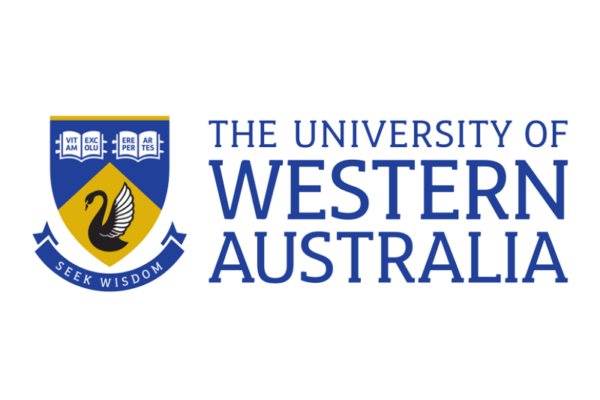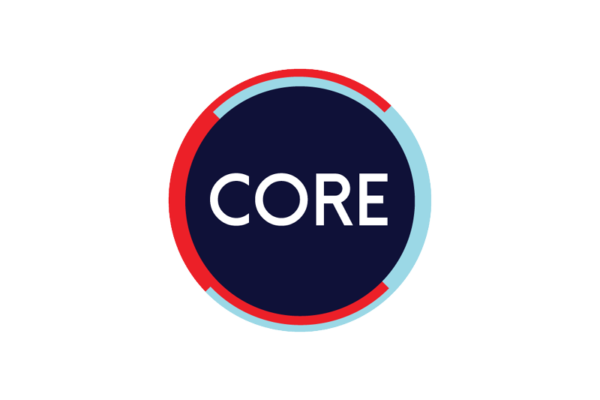Project description and overview
 One of the main areas of development for the Australian METS sector is in new electronic systems and Internet of Things (IoT) applications. Examples include WiFi enabled, energy harvesting sensing systems for asset health, ground control and environmental monitoring and robotics and drones for asset inspections and maintenance. Developers of these monitoring, autonomous or robotic systems lack convenient and economic access to industrial environments in which to test their products in an efficient time frame with minimal delay.
One of the main areas of development for the Australian METS sector is in new electronic systems and Internet of Things (IoT) applications. Examples include WiFi enabled, energy harvesting sensing systems for asset health, ground control and environmental monitoring and robotics and drones for asset inspections and maintenance. Developers of these monitoring, autonomous or robotic systems lack convenient and economic access to industrial environments in which to test their products in an efficient time frame with minimal delay.
The BHP Fellowship-supported Living Lab@UWA is aimed at the pre-mine site stage of the development process, with a novel test-bed to develop and demonstrate products for real-world mine site testing. In line with a Living Lab Network approach, it proposes to support innovation in the sector with a collaborative, scale-up, capability-building and commercialisation model, which would integrate with the METS Living Labs Network.
The proposed solution is to establish a dedicated Living Lab facility, process and industry network at the UWA Campus for a 2-year trial. The proposed Living Lab has the support of both the BHP Global Technology Group and the BHP Social Investment Operations Australia Community and Indigenous Affairs Group.






